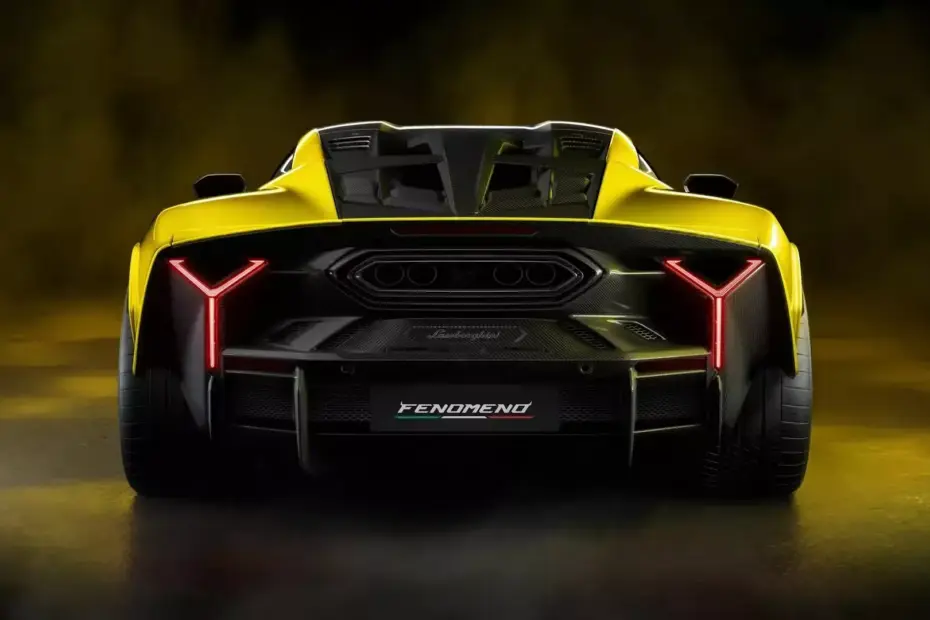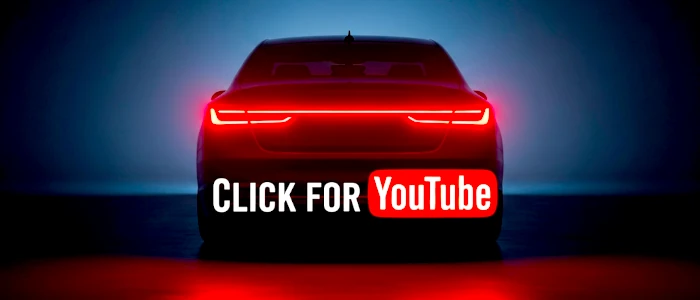The Lamborghini Fenomeno is the pinnacle of the few‑off formula: a design that screams, engineering that delivers, and a rarity that adds value. Instead of just being another “poster car,” it becomes a rolling laboratory that pays for itself. To put it simply: it’s a halo, R&D, and a financial asset — all at the same time.
What makes the Fenomeno different from everything we’ve seen before?
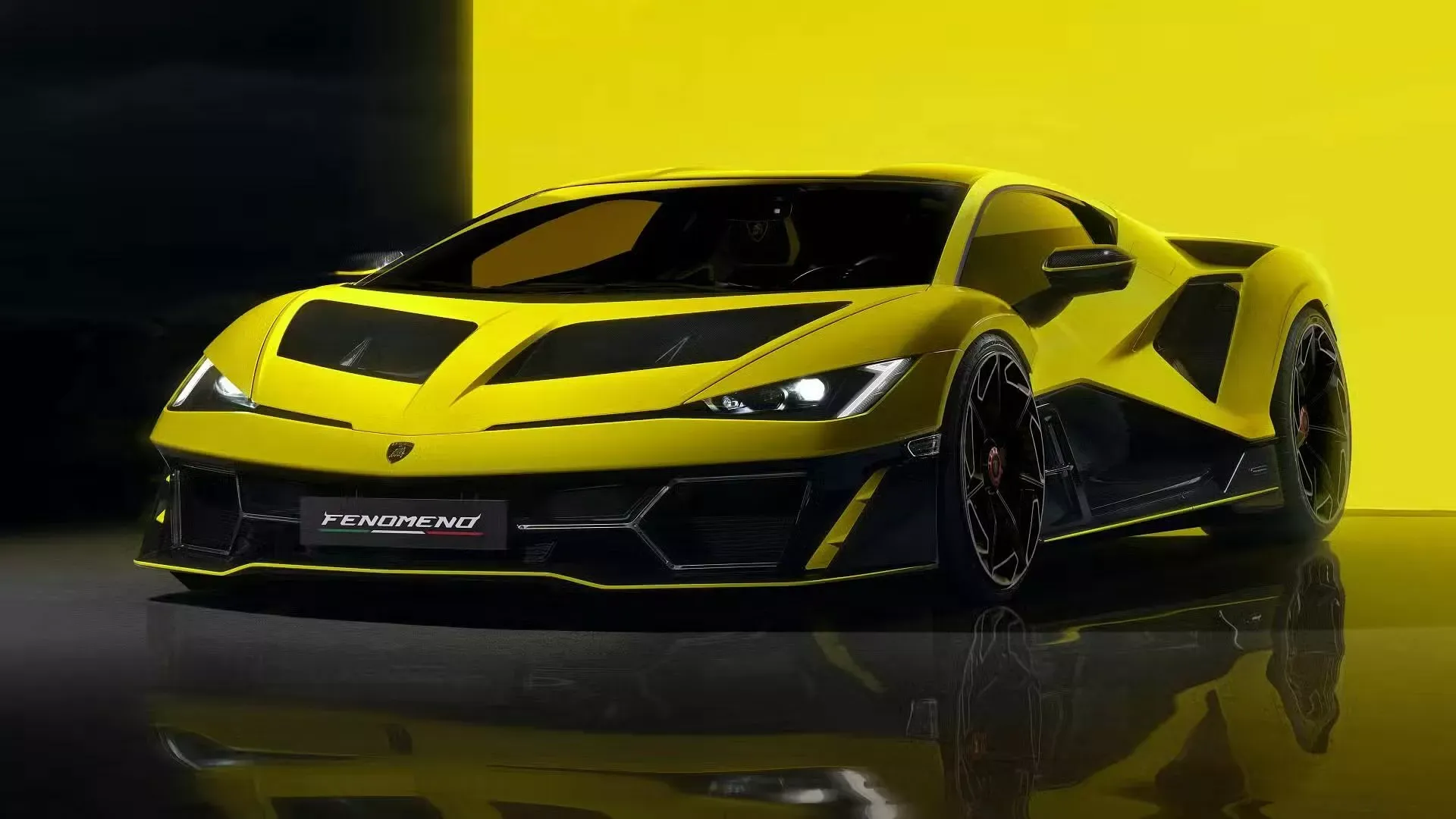
It evolves the HPEV platform of the Revuelto and provides technical substance where it matters most: a larger battery, revised management software, and calibrated electric torque for insane launches. The mystique of the name matches the concept: a spectacle that’s not just smoke and mirrors but measurable performance on the track.
It’s also the answer to an uncomfortable question: why pay several million dollars for “more of the same”? Because this isn’t just cosmetic: the 7 kWh battery (compared to the donor’s 3.8 kWh) sustains electric peaks longer and recalibrates the experience. The cherry on top? A scenario where rivals chase extreme numbers, see the Jesko Absolut vs. Rimac Nevera duel, and the Fenomeno keeps the V12 alive without feeling like a dinosaur.
How does the few‑off strategy turn expensive R&D into real profit?
Traditionally, R&D is amortized over high volumes. Here, the logic is reversed: a few cars cover the costs, and with outrageous margins. This reversal funds new battery modules, cooling systems, BMS, and integration with e‑AWD — tested in real life by clients who honestly couldn’t care less about cost per horsepower spreadsheets.
Want to see this technological bridge live? Lamborghini already did this with the Sián by introducing supercapacitors — a “damn” engineering leap that the brand itself details on this official page. The Fenomeno continues the script, now betting on a larger and more versatile lithium-ion pack.
What are the numbers that matter: powertrain, battery, and performance?
6.5-liter aspirated V12 recalibrated to 833 hp + three electric motors = a combined 1,065 hp. 8-speed DCT transmission, e‑AWD, and 0–60 mph in 2.4 seconds. Top speed? 217 mph. The limit isn’t just “the engine” but more about aerodynamics focused on downforce and/or gear ratios — choose your bet.
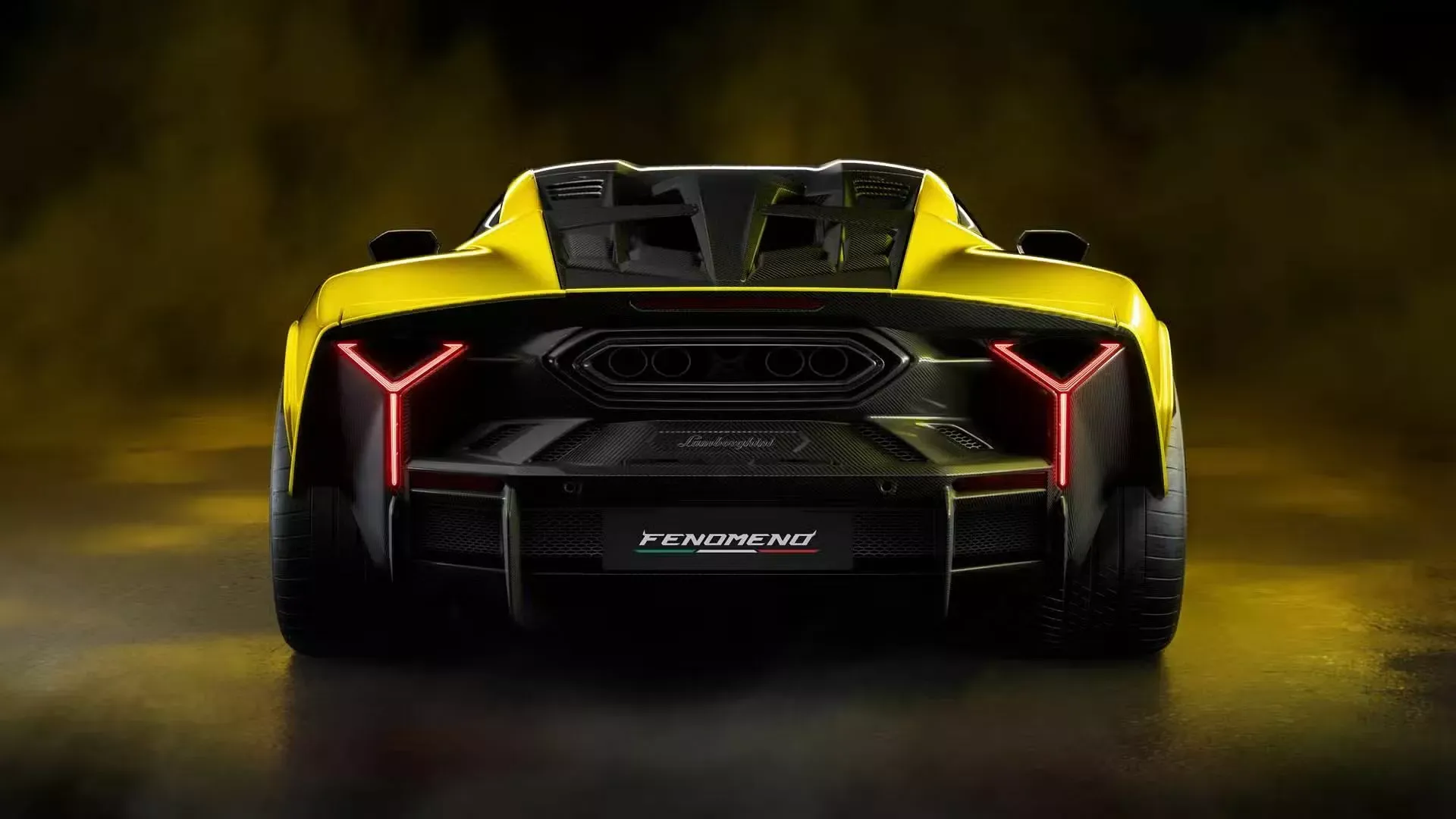
The 7.0 kWh battery requires new architecture: enhanced cooling, revised BMS, and likely re-packing within the carbon fiber monocoque. Practical result: longer electric peaks, consistent stint performance, and about 12 miles of EV-only range for short trips. To understand the HPEV platform underlying all this, check out the Revuelto platform explained in this official material.
Is the radical design just show or does it deliver real downforce?
The exterior doesn’t recycle donor panels: a sharp front, aggressive splitter, large air ducts, and a rear with quad exhausts. This isn’t just aesthetics; it’s controlled airflow to feed the V12 and hybrid components, extracting heat and generating grip when you need to brake “inside.”
Inside, the Revuelto’s cockpit remains almost untouched. Why? Because homologating a unique interior for 29 units costs a ton per car and doesn’t add proportional value for the target audience. The money was allocated where the few‑off buyer feels it: the bodywork, aero, and performance. This pragmatism, love it or not, is what makes the project financially viable.
What’s the value proposition: supercar or investment asset?
Limited to 29 units. Starting price around €3.0 million / $3.5 million. All allocated through private previews before the public debut. Purely orchestrated scarcity, a mechanism that turns “car” into an asset class with potential for appreciation.
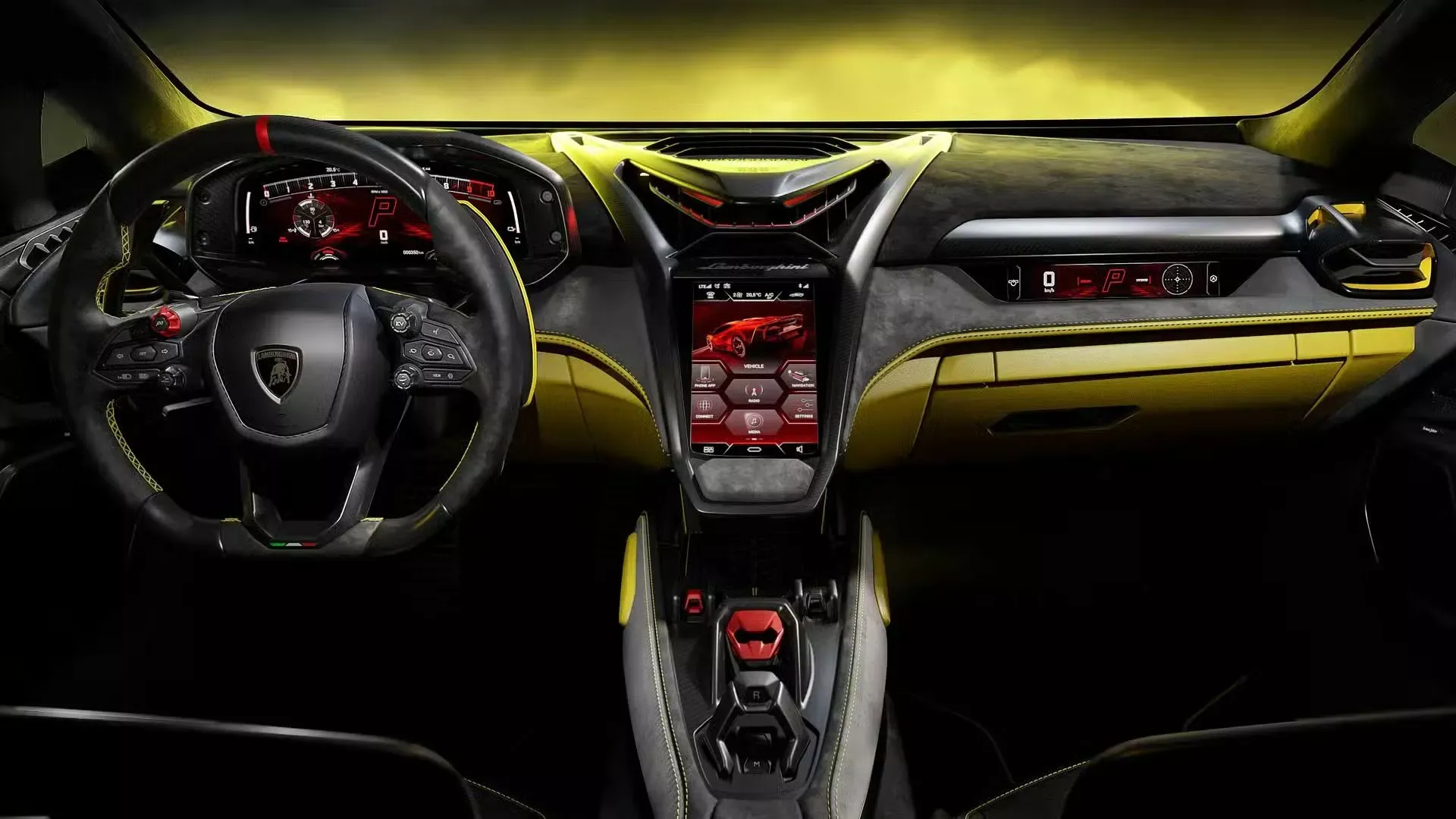
In this game, heritage matters. The end of maximum thermal cycle in other brands, like the 1,600 hp W‑16 in a new chapter, helps recalibrate collector expectations — see the context in the article about the Bugatti Brouillard. Few and extreme cars become historic reference points, and those become astronomical prices in the secondary market.
Who are the rivals and how does the Fenomeno position itself against them?
The scene is a delightful zoo: hybrid V12, lightweight twin-turbo V8s, apocalyptic W16s, and electric cars with instant torque. The Fenomeno isn’t aiming to be the fastest in top speed; it wants to be the most desired through a combination of engineering, scarcity, and brand narrative.
If you want track-focused electric extremes, the YangWang U9 Track Edition proves that instant torque has become a commodity in hypercars. The Fenomeno responds with mechanical drama (V12), analog involvement, and that sound which, honestly, no one has simulated correctly to this day.
Direct competitors and what each delivers
- Jesko Absolut: theoretical top speed
- Chiron Super Sport: luxury + brutal W16
- Utopia: mechanical art and lightness
- U9 Track Edition: insane electric torque
- Revuelto: production HPEV platform
How much does the debut event and the few‑off lineage weigh in the equation?
Global high-luxury debut amplifies reach, attracts press, and reinforces the “halo.” These events anchor perceptions for years and help establish the Fenomeno as “the” collectible V12 hybrid chapter.
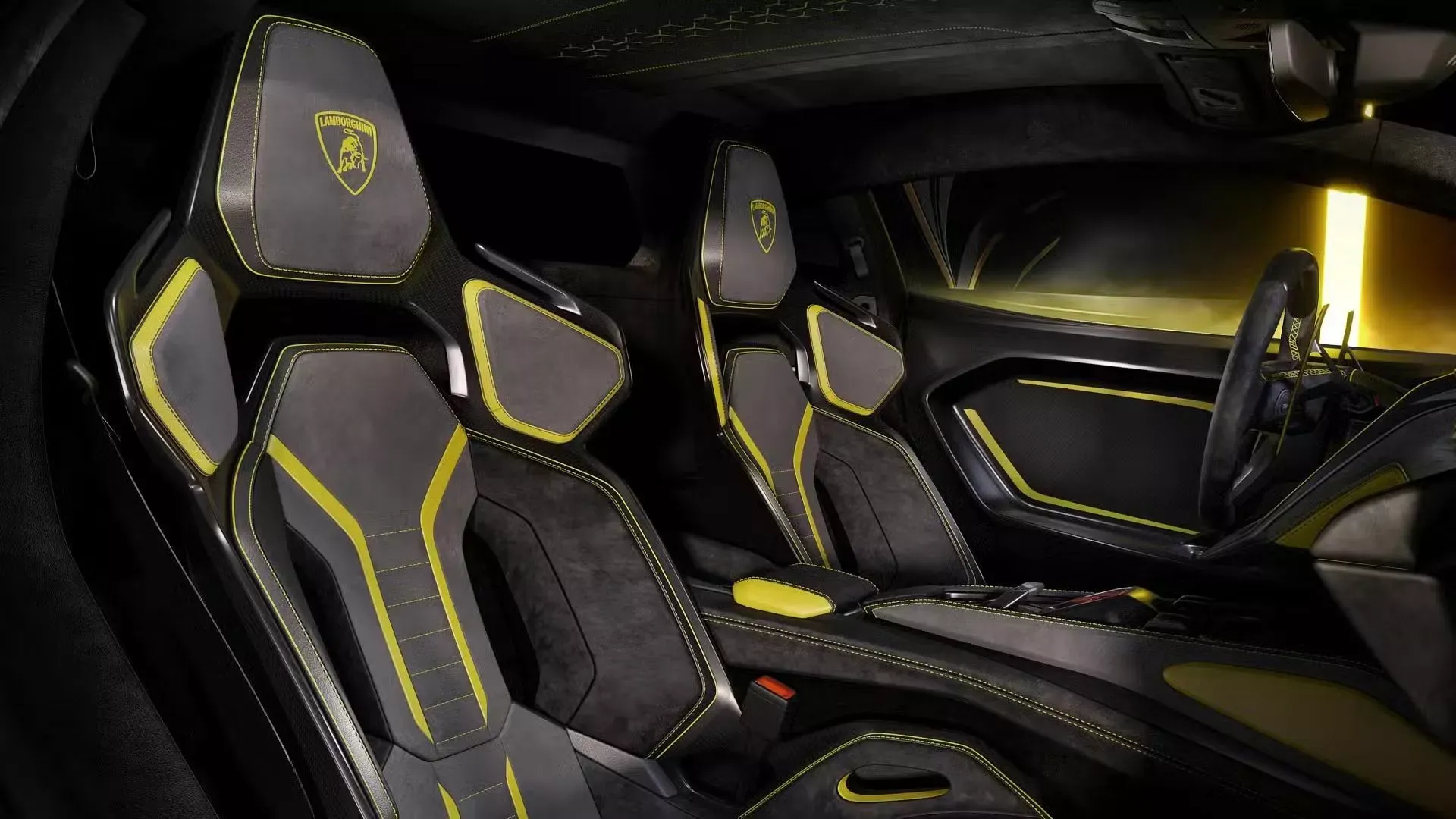
The lineage speaks loudly: Reventón, Veneno, Sesto Elemento, Centenario, Sián. The Fenomeno is the next step where hybrid technology stops being an accessory and becomes the protagonist. Again: few cars, high margins, R&D that pays off. Seriously, it’s a masterclass in product and finance.
And what if I want a brutal grand touring car instead of a V12 hybrid?
There’s room for other recipes. If your thing is a GT with a high-turbo V8 and salon-level luxury, the Aston Martin Vanquish Volante 2026 shows how sophisticated still seduces. They’re different experiences: the Fenomeno is theatrical; GTs are transcontinental.
Now, if you want total roots — pedals, a manual gearbox, and a naturally aspirated V12 — there are “unfiltered” options like the Garagisti & Co GP1. The Fenomeno isn’t aiming for that; it balances tradition (V12) with the present (hybridization), targeting the top of the collectible chain.
Quick FAQ: questions every enthusiast asks
- What’s the combined power? 1,065 hp (V12 + three electric motors).
- 0–60 mph and top speed? 2.4 seconds and 217 mph.
- Battery capacity and EV mode? 7.0 kWh and about 12 miles electric-only range.
- Number of units? 29, all pre-allocated.
- Estimated price? Around €3.0 million / $3.5 million.
5 direct reasons to care (or not) about the Fenomeno
- V12 alive and relevant in 2025+
- Hybridization that boosts performance
- Real scarcity: 29 cars
- Downforce designed for aggressive use
- An asset with appreciation thesis
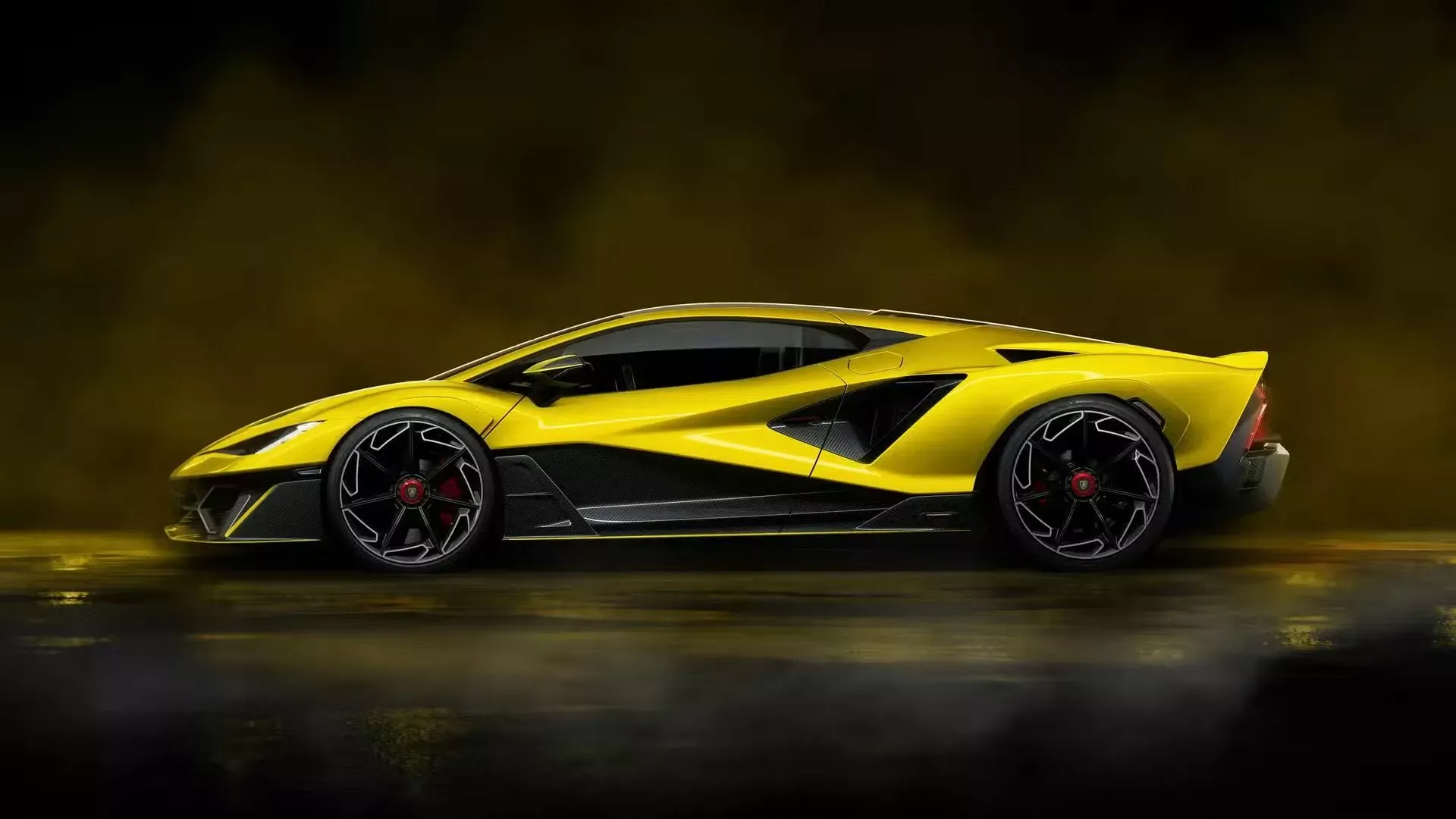
Looking for a historical parallel of “rare cars that became icons”? The Sián opened the hybrid door with supercapacitors; the Fenomeno solidifies the era of larger batteries in V12s. There’s strategic consistency here — and the brand has already signaled this path in previous limited series, documented on its official site and international automotive press.
Compared to what’s out there, the hypercar ecosystem is more diverse than ever. Pure electrification shines in lap times; hybrids excel in emotion and thermal consistency. Pure mechanical art remains alive in “art on wheels” examples like Pagani, while W16s and V12s bid farewell in spectacular flame, each creating its own legend.
My view: the Fenomeno isn’t just “another expensive few‑off.” It’s the missing balance point between the visceral drama of a V12 and the intelligence of modern electrification. It’s not the king of top speed, and screw it — it doesn’t need to be. What it sells is history, sound, the thrill of controlled overkill, and a value thesis that, frankly, is backed by the brand’s own few‑off legacy.
And you? What’s your take on this extremely rare hybrid V12: passion purchase, investment thesis, or both? Leave your comment and let’s break down the details that matter together.

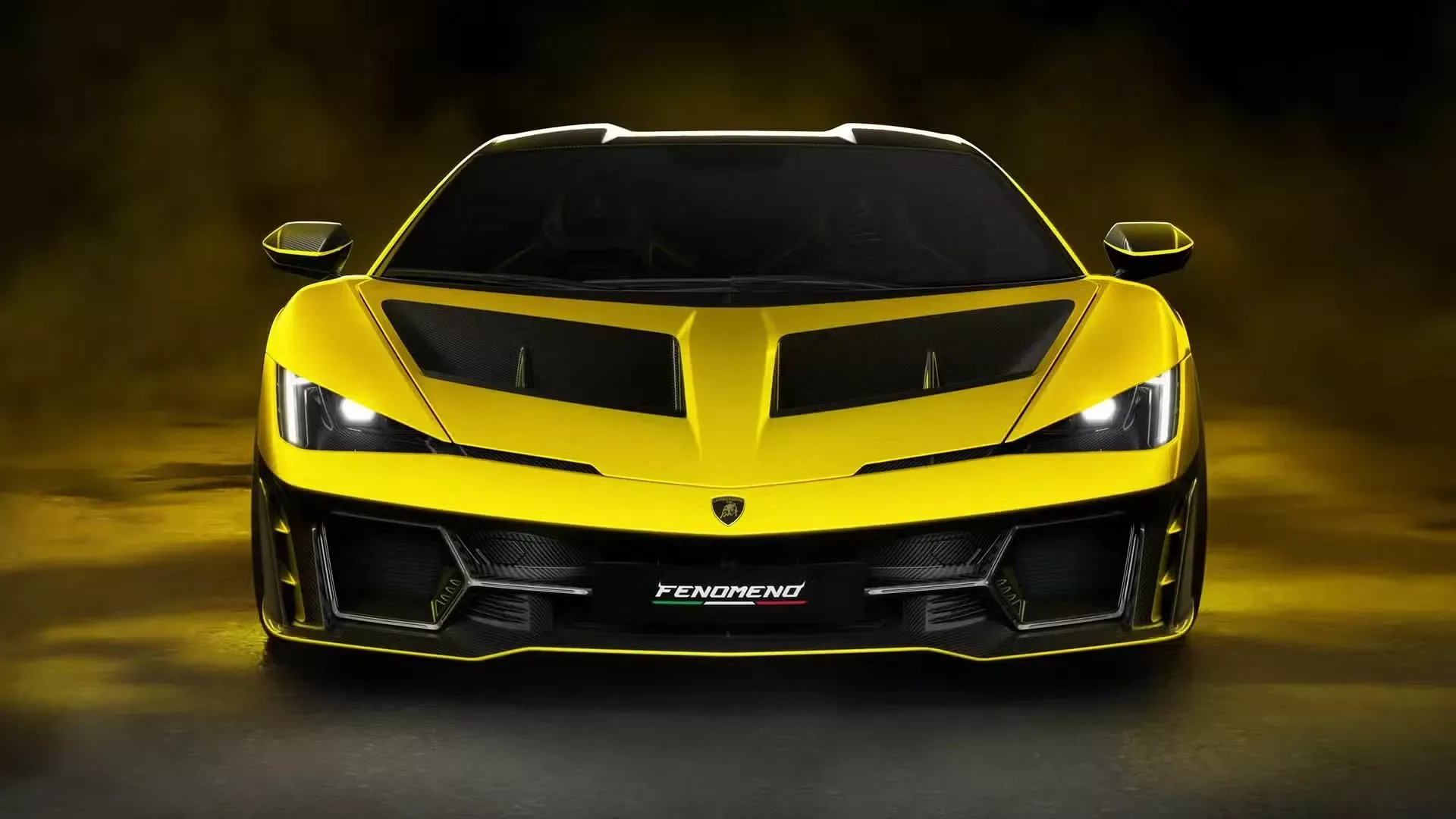
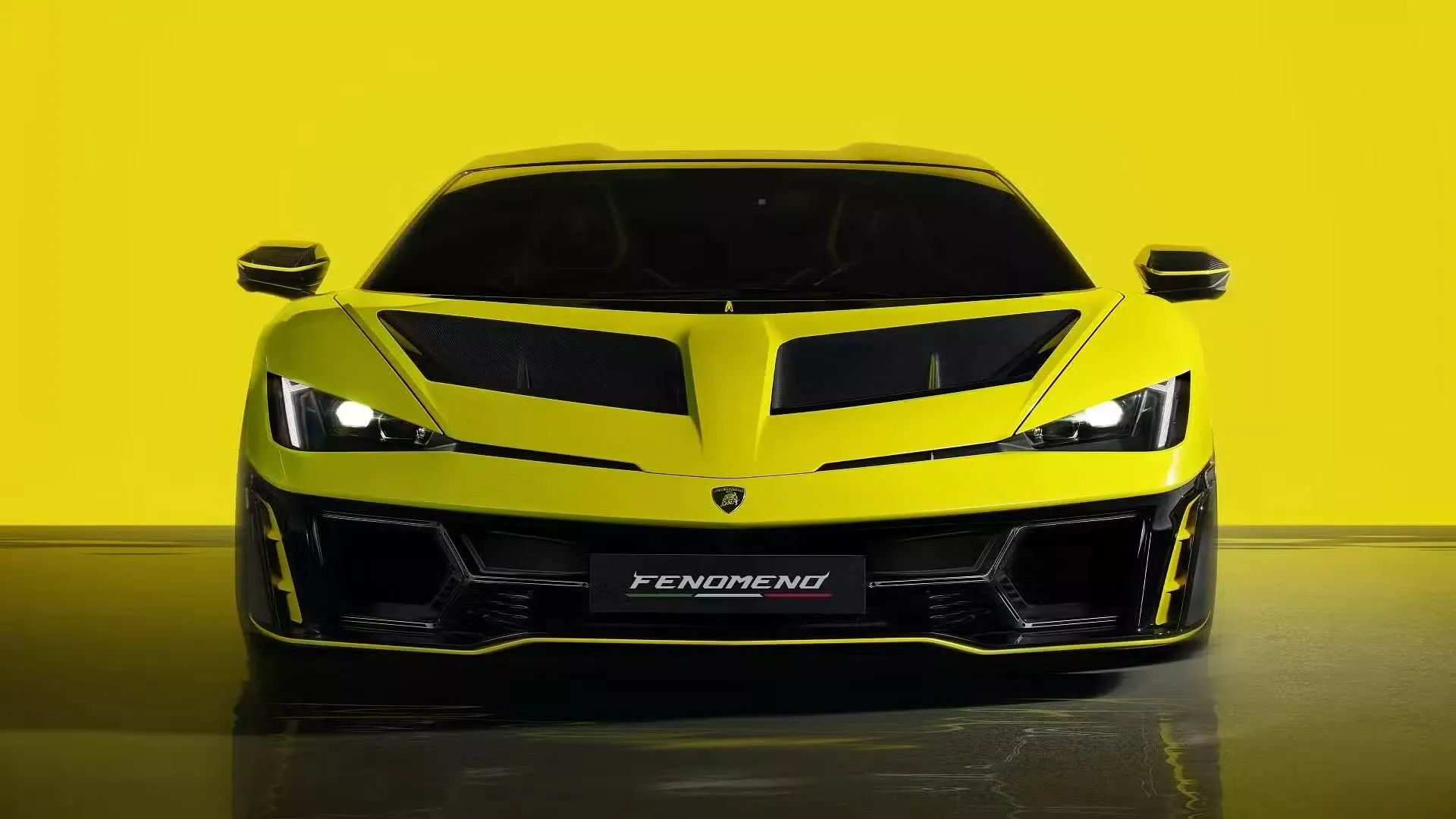



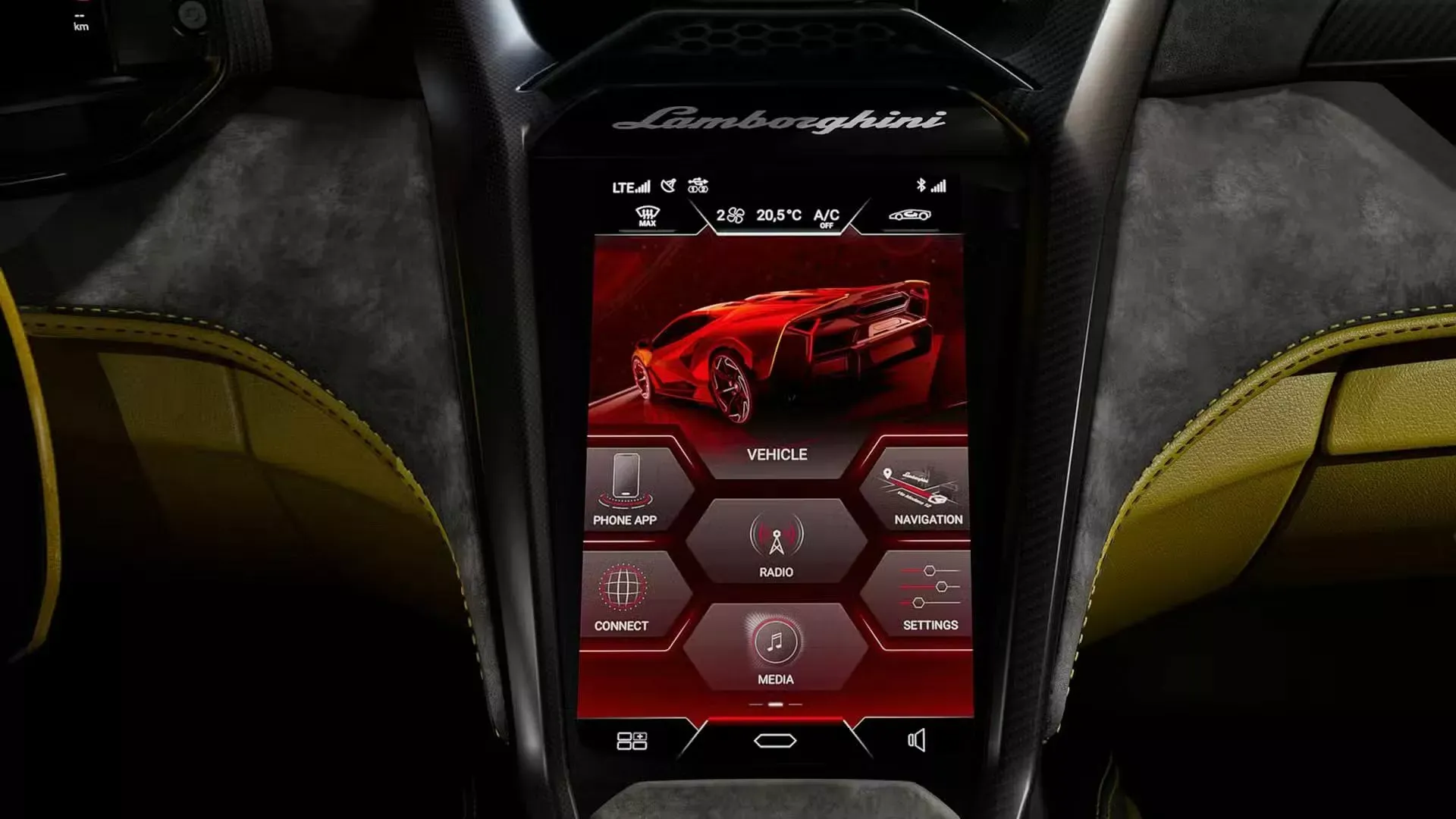

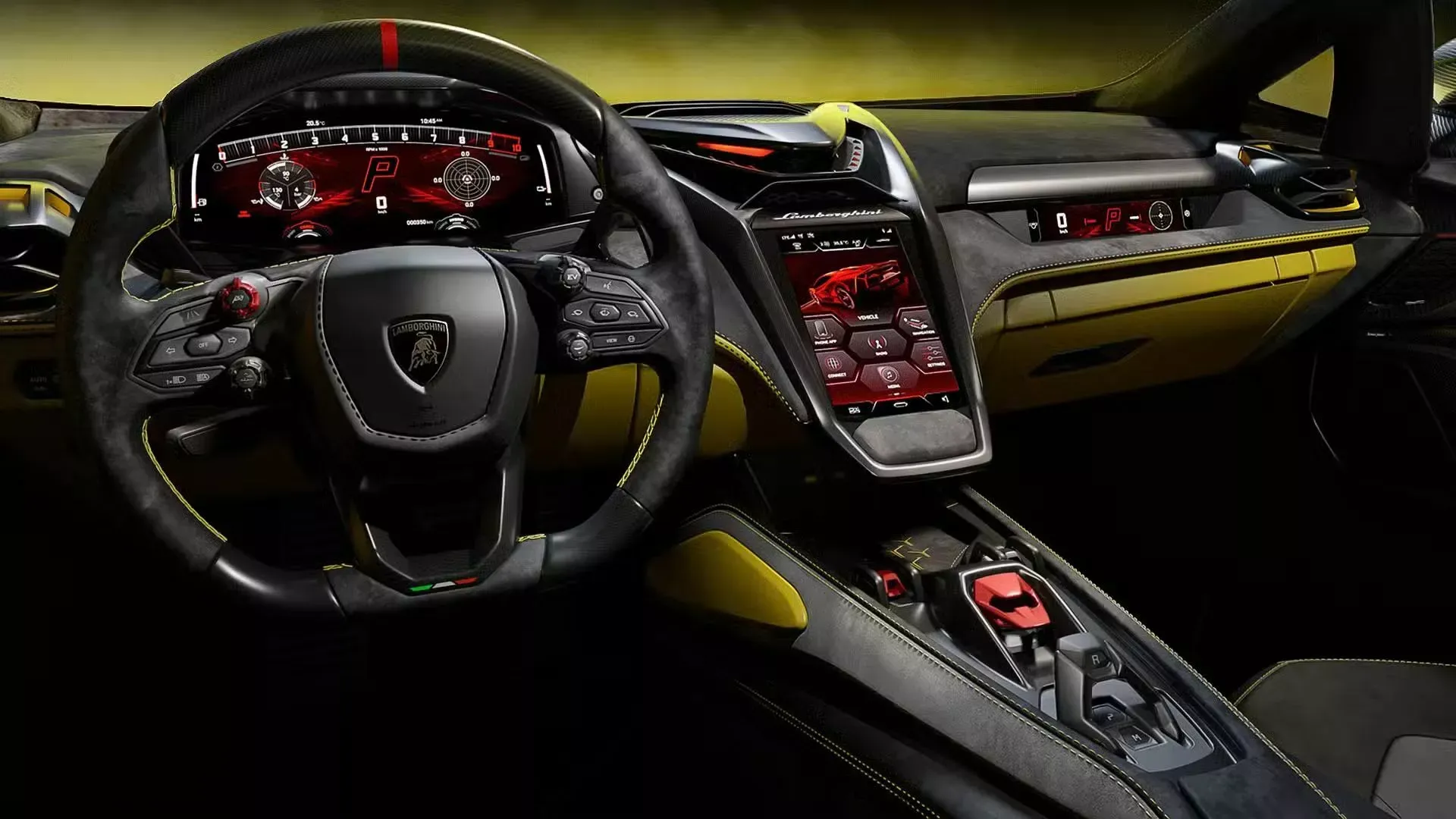
Author: Fabio Isidoro
Fabio Isidoro is the founder and editor-in-chief of Canal Carro, where he has been writing about the automotive world since 2022. Passionate about cars and technology, he began his journey on the HospedandoSites portal and today dedicates himself to creating technical content and comprehensive analyses of national and international vehicles. 📩 Contact: contato@canalcarro.net.br

